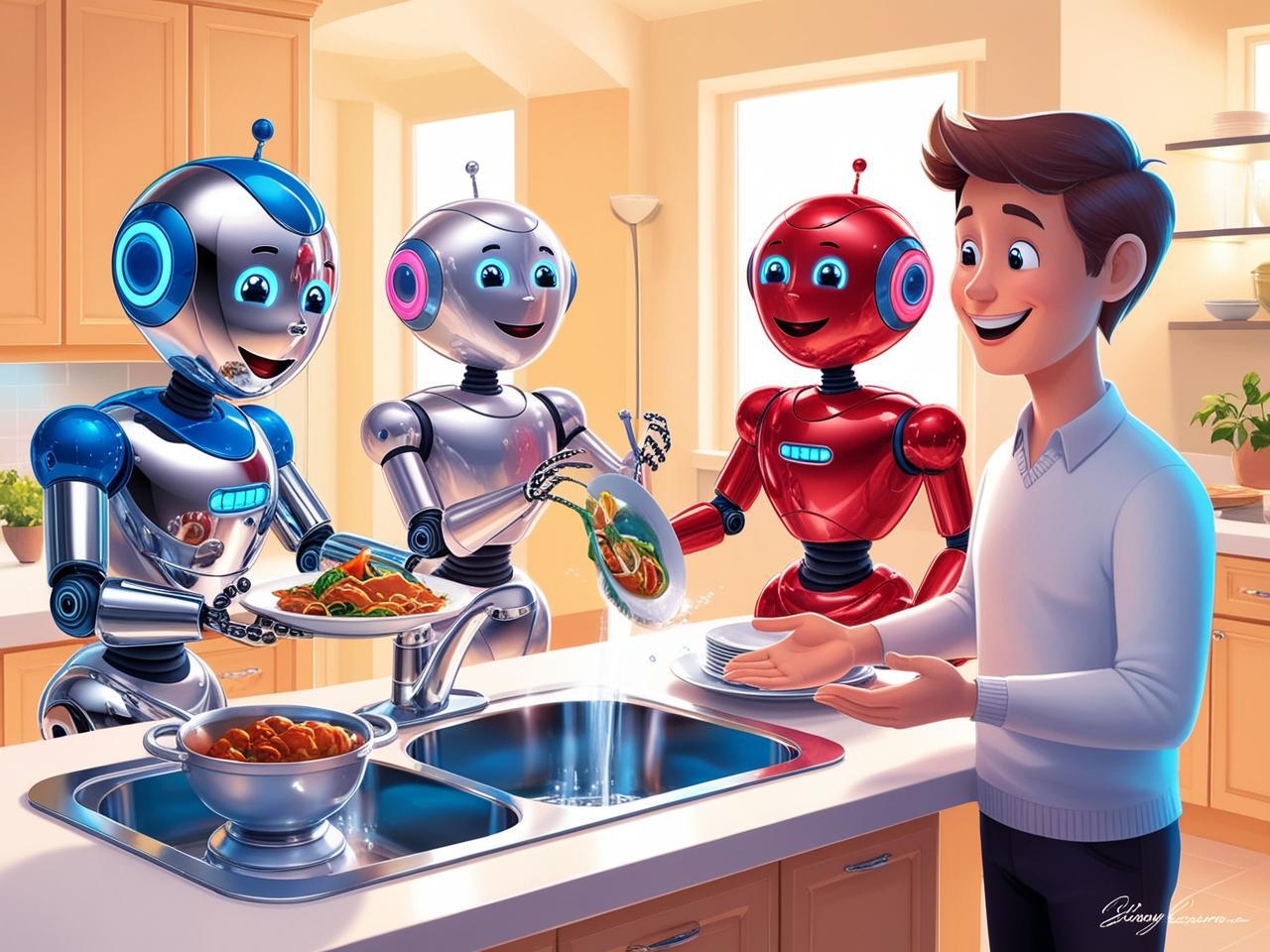
AI agents are transforming industries by communicating, distributing tasks, and problem-solving collectively. Instead of operating in isolation, they function like a networked workforce, each specialising in different areas but working towards a shared goal.
How AI Agents Work Together
So, how do they do it? AI agents collaborate through APIs (Application Programming Interfaces), which allow them to exchange information and execute actions across different systems. APIs enable seamless integration with databases, software applications, and even physical devices, giving AI agents the ability to pull in real-time data and act upon it.
Beyond APIs, multi-agent architectures involve decision-making frameworks where agents assess incoming data, negotiate priorities, and adapt their actions dynamically. These AI agents also use reinforcement learning and feedback loops to refine their responses and optimise workflows over time.
Real-World Applications
Consider a logistics company where one AI agent manages stock levels, another optimises shipping routes, and yet another handles customer notifications. By interacting through APIs and adjusting strategies based on real-time supply chain data, they keep everything running smoothly without human micromanagement.
In finance, multi-agent systems analyse market trends, detect anomalies, and execute trades with precision. By working together, they can anticipate risks and optimise investment strategies faster than any individual system.
In the pharmaceutical industry, companies like Johnson & Johnson are utilising AI agents to streamline drug discovery processes. These agents assist in chemical synthesis, optimising complex procedures to enhance efficiency and reduce costs.
These examples demonstrate the versatility and impact of multi-agent AI systems across various sectors, highlighting their potential to revolutionise traditional workflows and drive innovation.
Challenges and Opportunities
But collaboration isn’t always straightforward—even for AI. These digital agents must be able to handle conflicting priorities, adapt to evolving environments, and ensure transparency in decision-making. Security is also a major concern, as interconnected AI systems must safeguard sensitive data while maintaining operational integrity.
Despite these challenges, the potential of multi-agent AI is game-changing. By working together, AI agents enhance efficiency, improve decision-making, and unlock new possibilities across industries.
Want to See AI Collaboration in Action?
Intrigued by how AI agents are reshaping the future of automation? Watch my latest YouTube video, where I dive deeper into how these intelligent systems are working together and what it means for businesses moving forward.